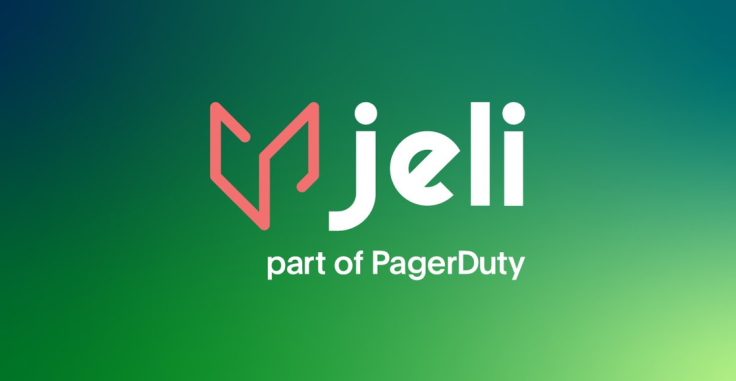
There have been great strides over the past five years to remove the stigma around incidents and recognize that every company has them and that the best way to deal with them is out in the open. Long gone are the days when upper management required site reliability engineers (SREs) to reduce incident count, which of course is a vanity metric that incentivizes people to avoid declaring incidents when in reality, it's much better to get ahead of them early and deal with them in a transparent manner.
One of the leaders of the modern incident management era is Nora Jones, who spent time working on building resilient systems and teams at both Netflix and Slack before starting Jeli. Now, Jeli is part of PagerDuty, the leading brand in incident response — I don't think anyone should be too surprised by this acquisition. Together, customers of PagerDuty now get a comprehensive incident management solution that offers the ability not only to collaborate and mitigate an incident in real-time but also to analyze that incident and learn from it so it doesn't repeat unnecessarily.
This comprehensive offering empowers organizations to turn every incident into a learning opportunity, reducing the impact of future incidents.
Moreover, integrating Jeli's capabilities into PagerDuty aligns with a strategic shift in organizational posture. Chief information officers (CIOs) now have the tools to transition from a chaotic, reactive stance to a more proactive, methodical approach. This shift allows organizations to learn more quickly from incidents, as well as drive efficiency and long-lasting improvements in operational maturity.
Highlighted Features
Jeli's unique approach draws inspiration from various industries, emphasizing the coordination costs of incidents, uncovering organizational issues and generating proactive recommendations. Below are some highlights of the platform:
Narrative Builder
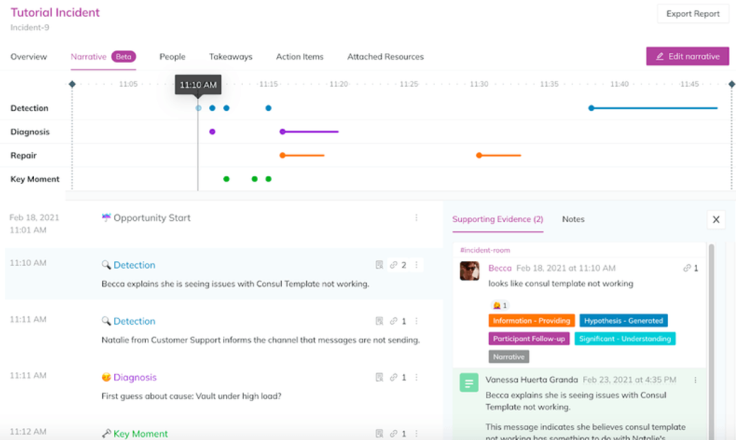
Jeli's Narrative Building feature empowers teams to construct a coherent story about each incident. This feature weaves together the entire incident story. It highlights what went wrong and identifies successful practices, facilitating a comprehensive post-incident analysis.
Team members can provide insights, observations and context directly on the incident timeline, fostering a shared understanding of the incident. Jeli also boasts a tagging feature that allows users to label specific moments or elements within an incident. This aids in categorization, making it easier to identify recurring patterns or issues. By allowing team members to tag, categorize and comment on incident timelines, Jeli enables a collaborative approach to incident analysis.
People View
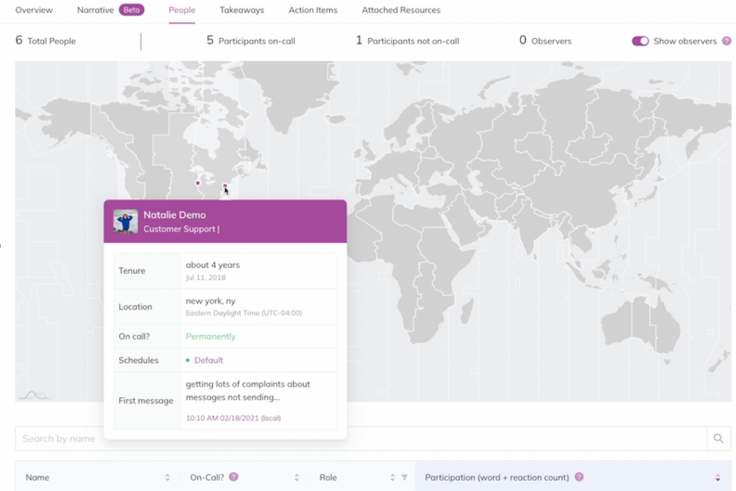
Understanding the human element in incident response is crucial for effective management. Jeli's People View offers a graphical representation of team members' involvement in different incidents. This visualization helps teams identify patterns and trends in team dynamics during incidents.
The software also provides a historical perspective on team members' involvement in incidents. This information can be crucial when deciding who to pull into an incident based on prior experiences, ensuring a more informed and effective response.
Utilizing data from People View, organizations can optimize on-call rotations. This ensures a balanced distribution of responsibilities, preventing burnout and enhancing overall team efficiency.
Cross-Incident Analysis
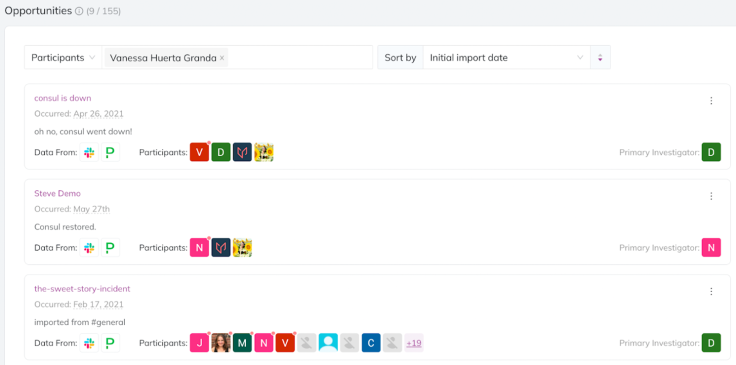
Jeli's Cross-Incident Analysis feature takes incident management to the next level by providing a holistic view across incidents. It combines data from disparate systems involved in incident response, including Slack, Zoom, Jira, PagerDuty and more. Thus, Jeli facilitates a comprehensive analysis that goes beyond individual incidents.
Jeli proactively collects data as incidents unfold, saving up to five to six hours per incident analysis. The tagging, timeline and narrative features help identify key players and contributors, allowing teams to focus on actionable takeaways for process improvements.
Moreover, the software's pattern-matching capabilities enable teams to understand how on-call processes work. Identifying patterns across tools and individuals allows for continuous improvement and the development of more resilient systems and teams.
By uncovering coordination costs and organizational issues, Jeli's Cross-Incident Analysis generates recommendations that address problems before they escalate. This proactive approach leads to a deeper and more efficient analysis of incidents, helping organizations learn and improve.
Incident Response Bot
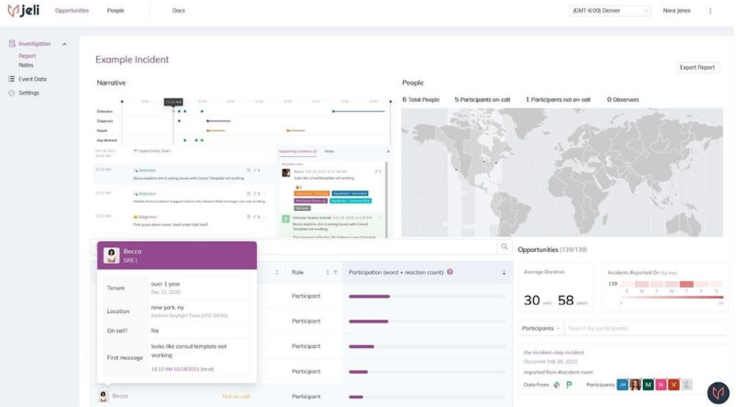
Jeli's Incident Response Bot for Slack App provides a streamlined and efficient solution for responding to incidents with speed and precision. This free tool simplifies workflows, automates communication with stakeholders and ensures that critical reminders and to-dos are seamlessly integrated into the incident response process.
The integration with Slack App allows for effortless data collection from multiple channels, ensuring a comprehensive view of the incident. Jeli's approach to incident stages — Investigating, Identified, and Mitigated — provides a clear understanding of the incident's progression. This breakdown into manageable stages aids engineering and customer communication teams, allowing them to orient themselves around specific tasks for each step.
Conclusion
The integration of Jeli into PagerDuty's Operations Cloud represents a milestone in incident management. Together, they offer a holistic solution that makes incident response more efficient and transforms each incident into an opportunity for learning and improvement.
As organizations strive for operational excellence, the Jeli and PagerDuty integration stands as the forerunner, guiding them toward a future where incidents are not just challenges but stepping stones toward resilience and growth.







